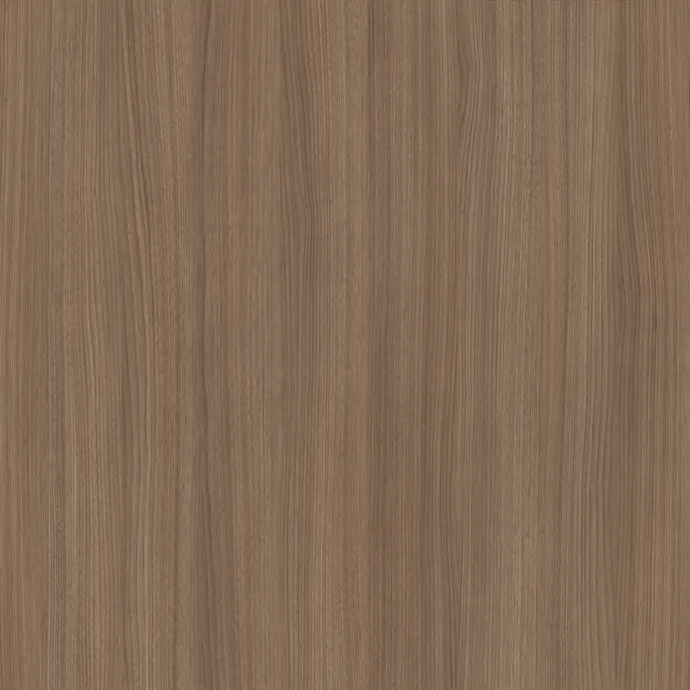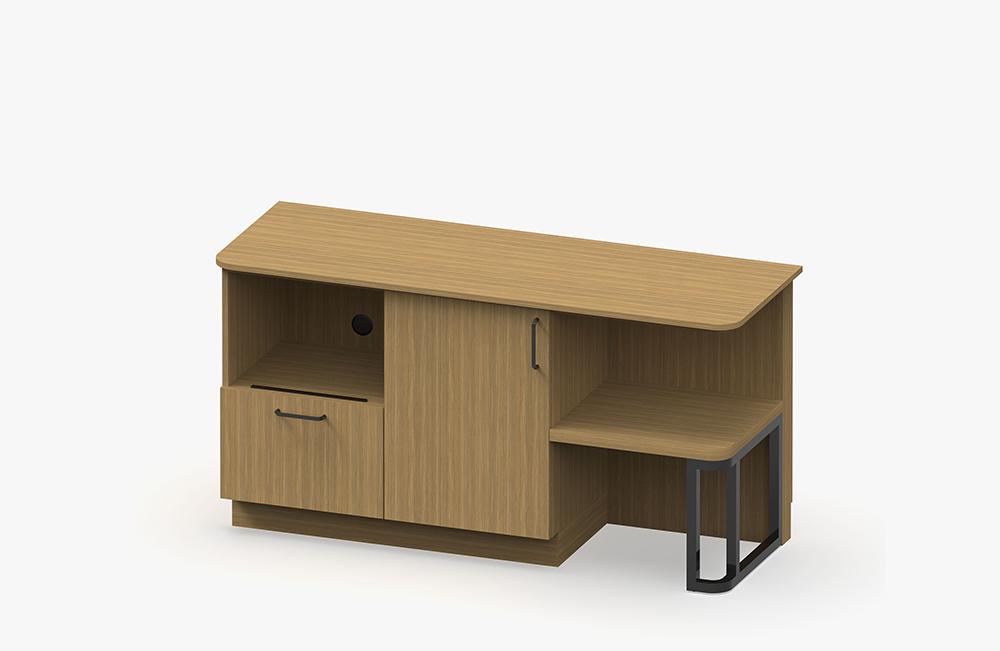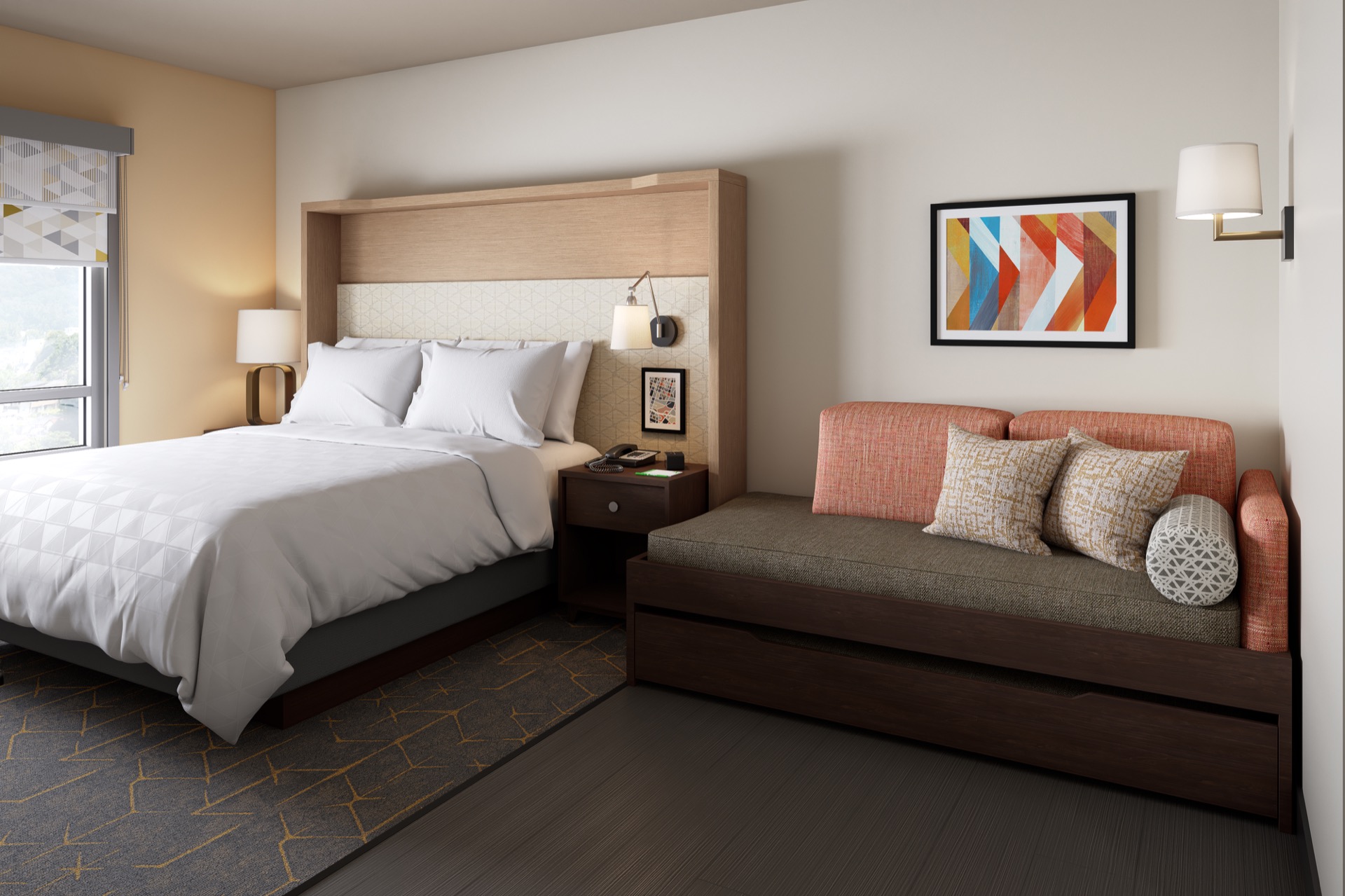Wood veneer finishing techniques Hospitality contract furniture suppliers ulk furniture for hotel chains
Wood veneer finishing techniques are crucial for hospitality contract furniture suppliers and hotel chains. These techniques enhance both the durability and aesthetic appeal of furniture. Proper finishing can transform simple pieces into stunning statement items.
Understanding these techniques is essential for those in the hospitality industry. It ensures furniture withstands high traffic and frequent use. The right finish can also align with specific design themes or brand identities.
This guide explores various wood veneer finishing techniques. It provides insights into preparation, application, and maintenance. Discover how to elevate your furniture with expert veneer finishing.
Understanding Wood Veneer in Hospitality Furniture
Wood veneer consists of thin layers of wood applied to surfaces. This technique enhances the visual appeal of hospitality furniture. It offers a luxurious look at a more affordable cost.
The use of wood veneer in hotel furniture is widespread. It allows for diverse design options and sustainable practices. Veneer can mimic the appearance of expensive woods without the high price.
Benefits of wood veneer in hospitality furniture include:
- Enhanced aesthetic appeal
- Cost-effective luxury
- Environmental sustainability
Understanding these benefits helps suppliers and designers make informed decisions. It also ensures the furniture meets both functional and aesthetic requirements.
Importance of Proper Finishing for Contract and Hotel Furniture
Proper finishing extends the life of contract and hotel furniture. It safeguards the veneer from damage and enhances the piece’s visual appeal. Well-finished furniture not only looks great but also stands up to heavy use.
In hospitality settings, furniture faces frequent contact, so durability is key. The right finish protects against moisture, scratches, and stains. This ensures the furniture remains in top condition over time.
Key advantages of proper finishing include:
- Increased durability
- Protection from environmental damage
- Enhanced aesthetic appeal
Understanding these benefits is crucial for hospitality suppliers. It ensures their products meet high standards and customer expectations.
Essential Preparation: Cleaning and Sanding Wood Veneer
Preparing wood veneer is crucial for a successful finish. Before applying any finish, the surface needs to be spotless. Cleaning helps remove any dust or debris that could affect the outcome.
Sanding is the next vital step. It smoothens the veneer and opens the wood pores. This ensures even absorption of stains and sealants.
When preparing wood veneer, keep these points in mind:
- Remove all dust and particles.
- Use fine-grit sandpaper for a smooth finish.
- Inspect for any surface imperfections.
Pay attention to details during preparation. This lays the foundation for a flawless finish that impresses.
Popular Wood Veneer Finishing Techniques
Wood veneer finishing is an art form that can transform furniture. Various techniques bring out the beauty and durability of veneer.
Finishing wood veneer involves techniques like staining, sealing, and waxing. These methods enhance the look while providing protection.
Each technique has its advantages and best-use scenarios. Selection depends on the desired aesthetic and protection level needed.
Common finishing techniques include:
- Staining: Adds color and emphasizes wood grain.
- Sealing: Protects the veneer from moisture.
- Waxing: Offers a subtle sheen and additional protection.
Using the right technique ensures the furniture withstands the demands of hospitality settings.
Staining and Coloring Veneer Surfaces
Staining is a popular technique for adding richness and depth. It enhances the natural beauty of the wood.
When staining, consider these tips:
- Choose a stain that complements the wood grain.
- Apply evenly with a cloth or brush.
- Allow drying time between coats.
Staining adds elegance and character to any veneer surface.
Sealing and Protecting: Lacquer, Polyurethane, and Oil Finishes
Sealing is essential for protecting wood veneer from damage. Lacquer and polyurethane are durable options.
These finishes shield against moisture and scratches. Oil finishes offer a natural look and feel, preserving warmth.
Consider these sealing techniques:
- Lacquer: Provides a high-gloss, durable finish.
- Polyurethane: Offers versatility and long-lasting protection.
- Oil: Highlights the wood’s natural grain.
Select the right sealant based on the required durability and visual appeal.
Post time: Jul-10-2025









